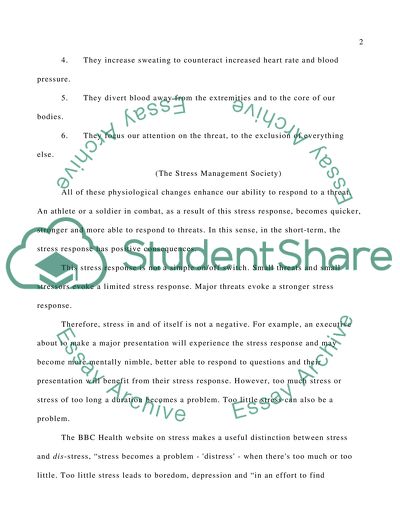Cite this document
(“Stress: Causes and Consequences Essay Example | Topics and Well Written Essays - 2000 words”, n.d.)
Retrieved from https://studentshare.org/psychology/1405421-stress-causes-and-consequences
Retrieved from https://studentshare.org/psychology/1405421-stress-causes-and-consequences
(Stress: Causes and Consequences Essay Example | Topics and Well Written Essays - 2000 Words)
https://studentshare.org/psychology/1405421-stress-causes-and-consequences.
https://studentshare.org/psychology/1405421-stress-causes-and-consequences.
“Stress: Causes and Consequences Essay Example | Topics and Well Written Essays - 2000 Words”, n.d. https://studentshare.org/psychology/1405421-stress-causes-and-consequences.


